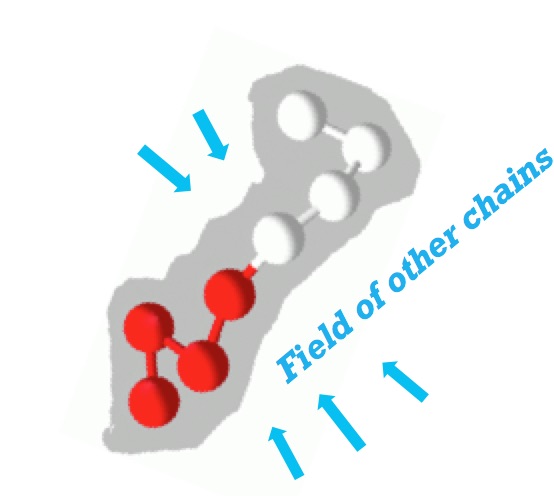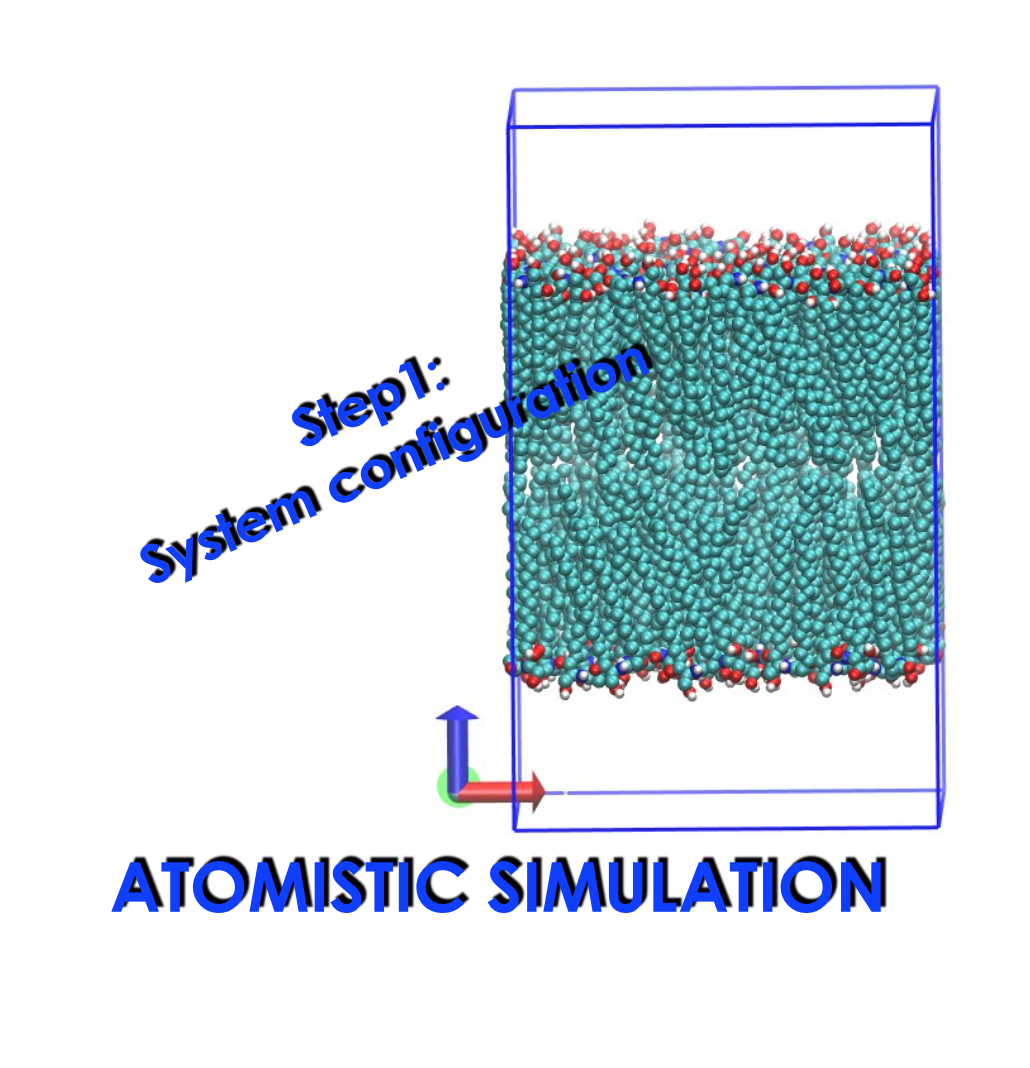Nuclear magnetic resonance spectroscopy (NMR spectroscopy) is one of the most widely used techniques by chemists and biologists to identify molecular structures. It relies on the phenomenon of nuclear magnetic resonance, which means the intramolecular magnetic around an atom in a specific molecular changes the resonance frequency. Thus, different atoms within one molecule could have different resonance signals and could be detected by the equipment.
For NMR study, samples should first dissolve in deuterated solvent and prepared in a thin-wall glass tube (NMR tube). Then the NMR tubes should be installed with a spinner and put into the NMR spectrometer. Typical high resolution NMR spectrometers are relatively large and expensive, which have a liquid helium-cooled superconducting magnet to generate up to several Tesla magnet fields (Figure 1 source). They are controlled by a computer, which has a great number of pre-designed methodologies. After selecting the analytic method, such as 1H standard test, the spectra will be automatically generated.
Figure 1. Bruker NMR spectrometer[1]
When NMR spectra is obtained, all the peaks should be identified with target molecular structure. Take the 1H spectra of poly (L-lysine isophalamide) (PLP) as an example (Figure 2):
Figure 2. PLP NMR spectra (X axis refers to the chemical shift)
The figure shows that every specific peak (or peaks) with different chemical shift and unique shape is corresponding to a H atom (or H atoms in the same chemical environment). In this way, we can deduct the molecular structure by NMR spectra. Sometimes, when the target molecule is quite complex, we need more information from 13C spectra or even 2D NMR spectra. In my study of hyperbranched polymers, NMR could be a useful tool to demonstrate the structure details, such as branching degrees or grafting density.
Related research topics
- Influence of a pH-sensitive polymer on the structure of monoolein cubosomes - 05/01/2018
- pH-Responsive, Lysine-Based, Hyperbranched Polymers Mimicking Endosomolytic Cell-Penetrating Peptides for Efficient Intracellular Delivery - 09/05/2017
- Membrane-Anchoring, Comb-Like Pseudopeptides for Efficient, pH-Mediated Membrane Destabilization and Intracellular Delivery - 27/02/2017


